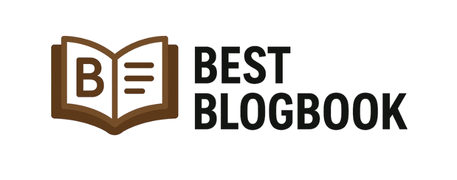Financial stress can keep you awake at night, but implementing effective budgeting strategies can transform your relationship with money and bring genuine peace of mind. Whether you’re just starting your financial journey or looking to refine your approach, mastering the art of budgeting is essential for achieving long-term financial stability and reducing money-related anxiety. This guide will walk you through proven budgeting methods that can help you take control of your finances and build a secure financial future.
Simple Budgeting Methods That Actually Work
The 50/30/20 rule remains one of the most accessible budgeting frameworks for beginners. Allocate 50% of your after-tax income to needs (housing, utilities, groceries), 30% to wants (entertainment, dining out), and 20% to savings and debt repayment. This straightforward approach provides flexibility while ensuring you prioritize essential expenses and financial goals.
For those seeking more detailed control, the zero-based budget assigns every dollar a specific purpose. Start by listing your monthly income, then allocate funds to each expense category until you reach zero. This method forces you to justify every expenditure and helps identify areas where money might be slipping through the cracks. Many people discover they’re spending more on subscriptions or impulse purchases than they realized.
The envelope system works exceptionally well for managing discretionary spending. Withdraw cash for variable expenses like groceries, entertainment, and personal care, placing the allocated amount in labeled envelopes. Once an envelope is empty, you’re done spending in that category for the month. While it may seem old-fashioned, this tangible approach creates powerful spending awareness.
Building Your Emergency Fund Foundation
An emergency fund serves as your financial safety net, protecting you from unexpected expenses that could otherwise derail your budget. Start by saving $1,000 as quickly as possible – this covers most minor emergencies like car repairs or medical co-pays. Once you’ve reached this initial milestone, work toward accumulating three to six months of essential expenses.
Consider keeping your emergency fund in a high-yield savings account that offers easy access without the temptation of everyday spending. According to MoneyHelper, having readily available emergency savings significantly reduces financial stress and prevents costly borrowing when unexpected situations arise.
If saving a large sum feels overwhelming, break it into smaller, achievable targets. Saving just $50 per week adds up to $2,600 annually. Celebrate these milestones along the way to maintain motivation and recognize your progress.
Automating Your Way to Success
Automation removes the friction from saving and ensures consistency in your financial habits. Set up automatic transfers from your checking account to savings on payday, treating savings like any other non-negotiable bill. Consumer.gov recommends automating bill payments to avoid late fees and maintain a positive payment history.
Many employers offer direct deposit splitting, allowing you to automatically route a portion of your paycheck to savings before it reaches your checking account. This “pay yourself first” approach makes saving effortless and reduces the temptation to spend money earmarked for financial goals.
Consider using budgeting apps that connect to your bank accounts and automatically categorize transactions. These tools provide real-time insights into spending patterns and send alerts when you’re approaching category limits, helping you stay accountable without constant manual tracking.
Monitoring Progress and Adjusting Your Approach
Review your budget monthly to ensure it aligns with your current reality and goals. Track spending against your budget categories and identify areas where adjustments are needed. Life circumstances change, and your budget should evolve accordingly. NerdWallet offers excellent budget tracking tools and calculators to simplify this process.
Look for patterns in overspending or unexpected expenses that might indicate the need for category adjustments. If you consistently exceed your grocery budget, either increase the allocation or analyze your shopping habits for potential savings opportunities.
For more comprehensive financial wellness, explore our guides on Debt Management strategies, practical Financial Fixes, and Smart Shopping techniques to maximize your budgeting efforts and achieve lasting peace of mind.


Leave a Review